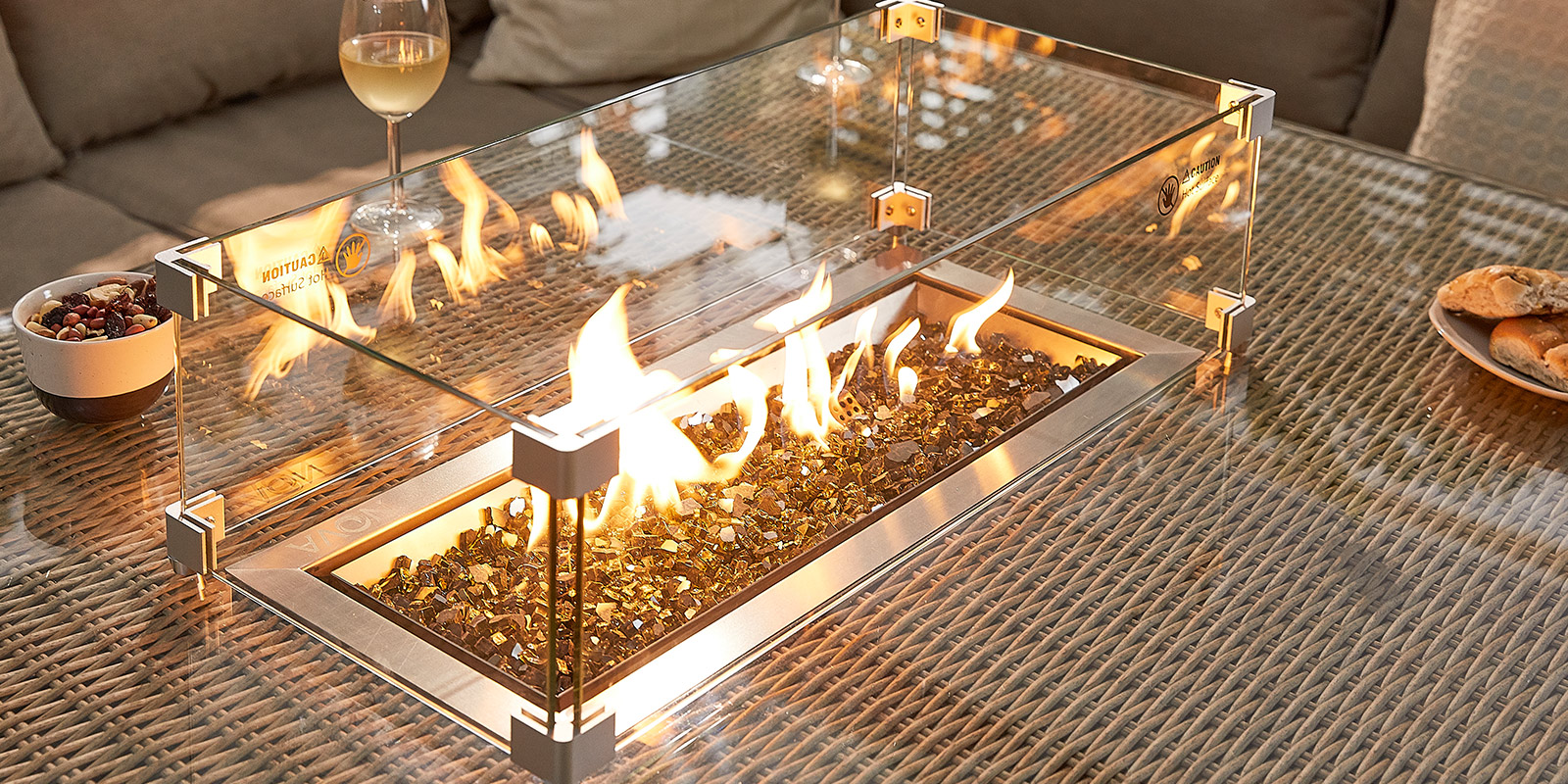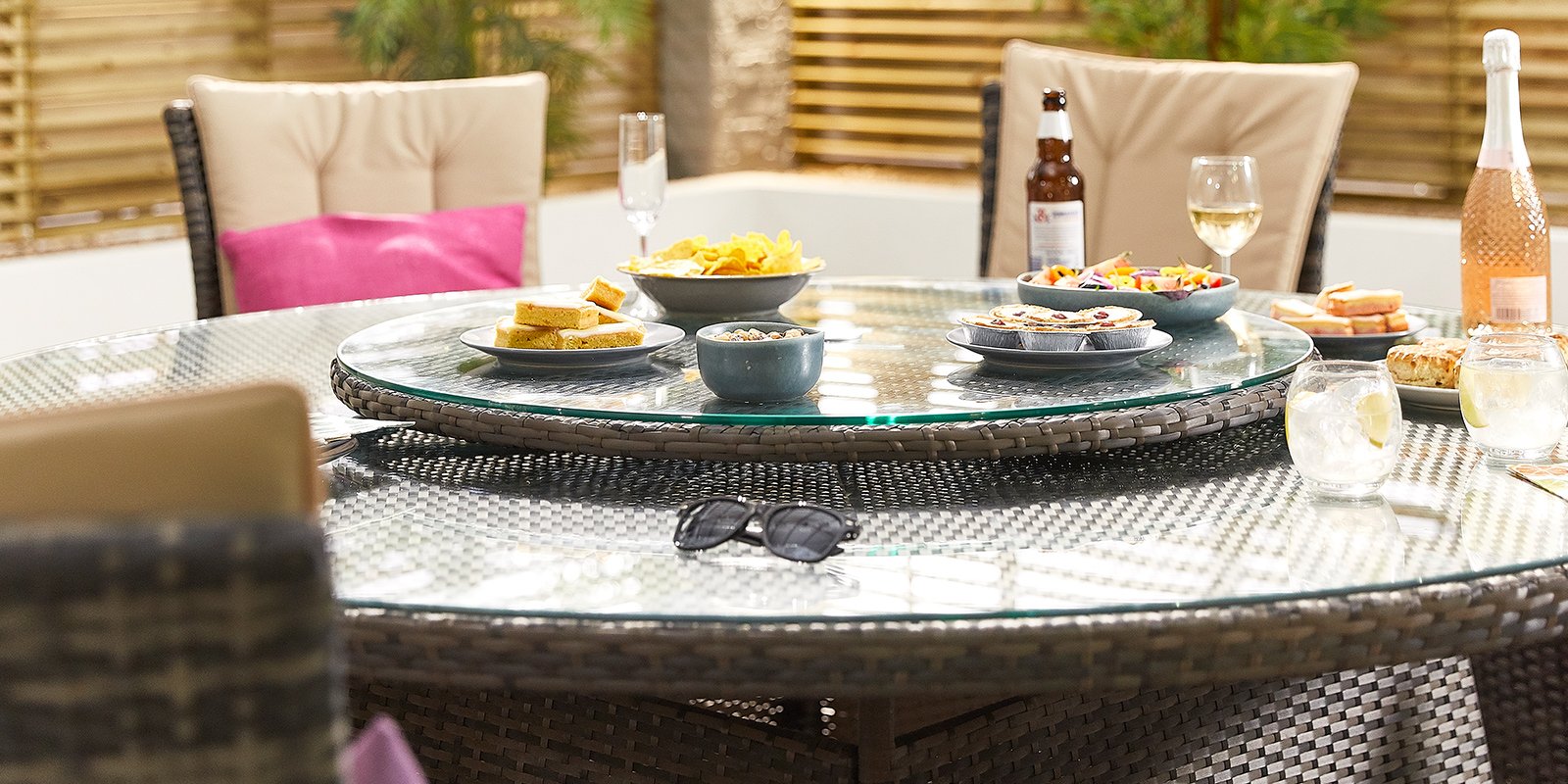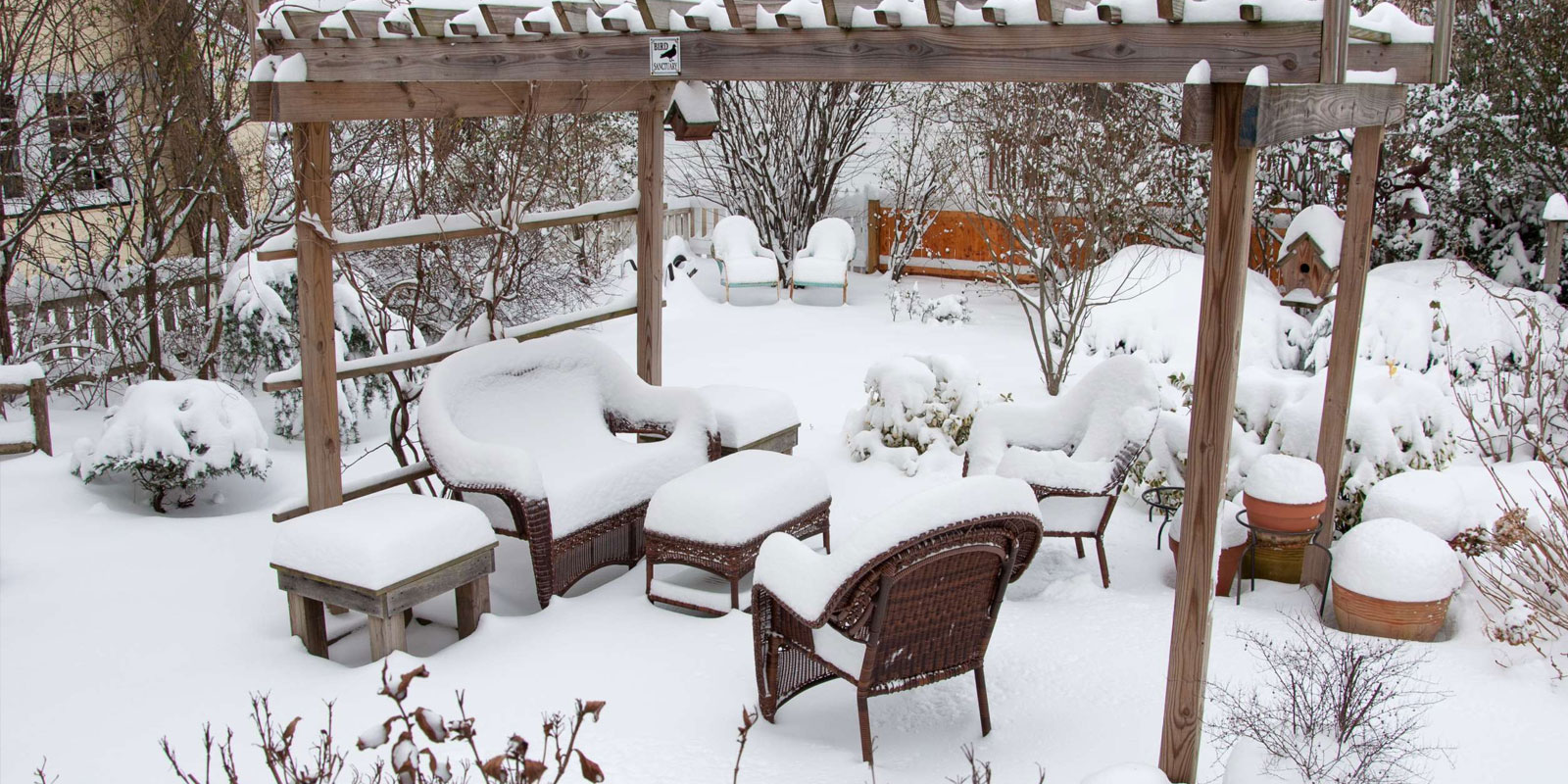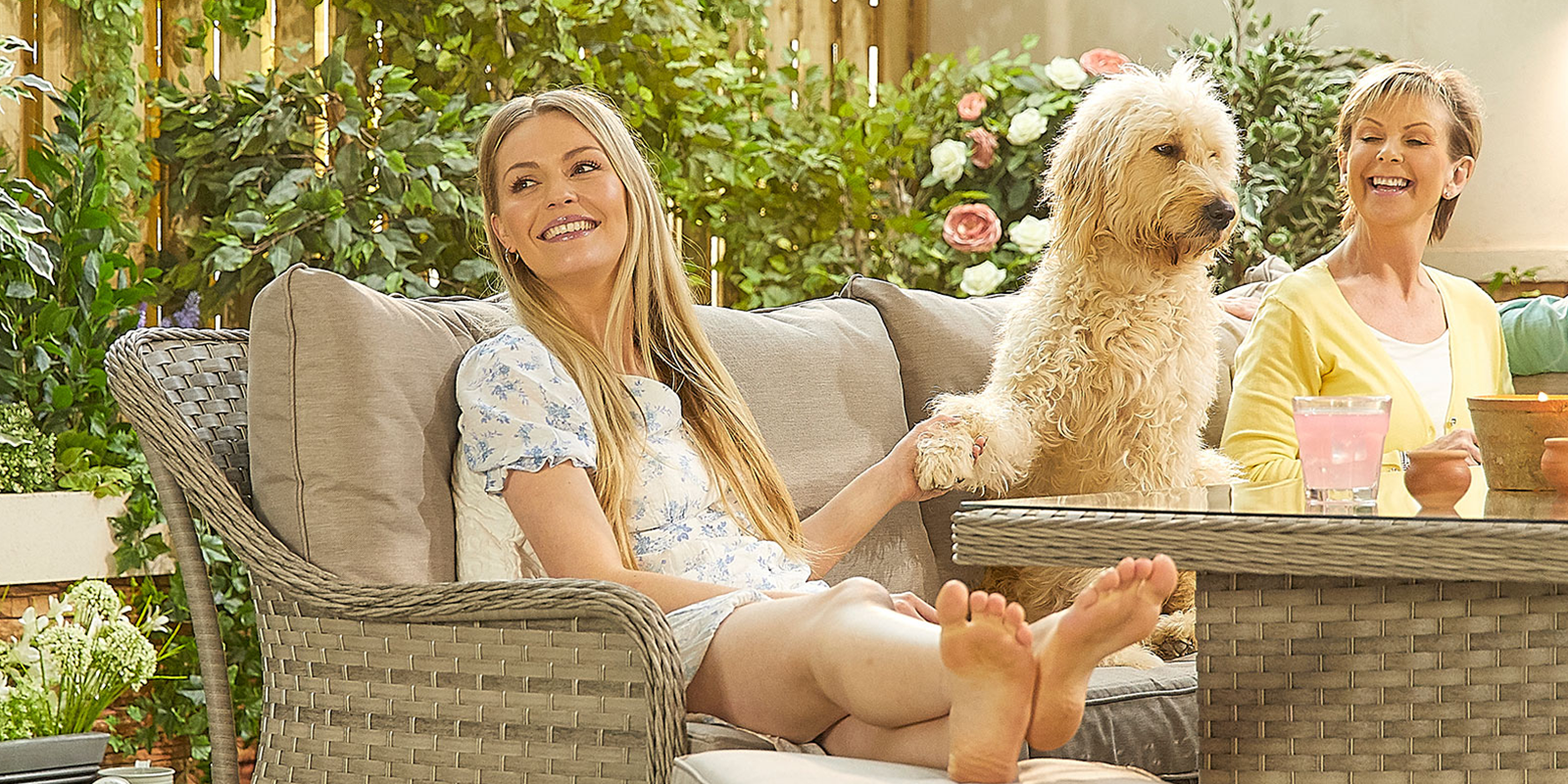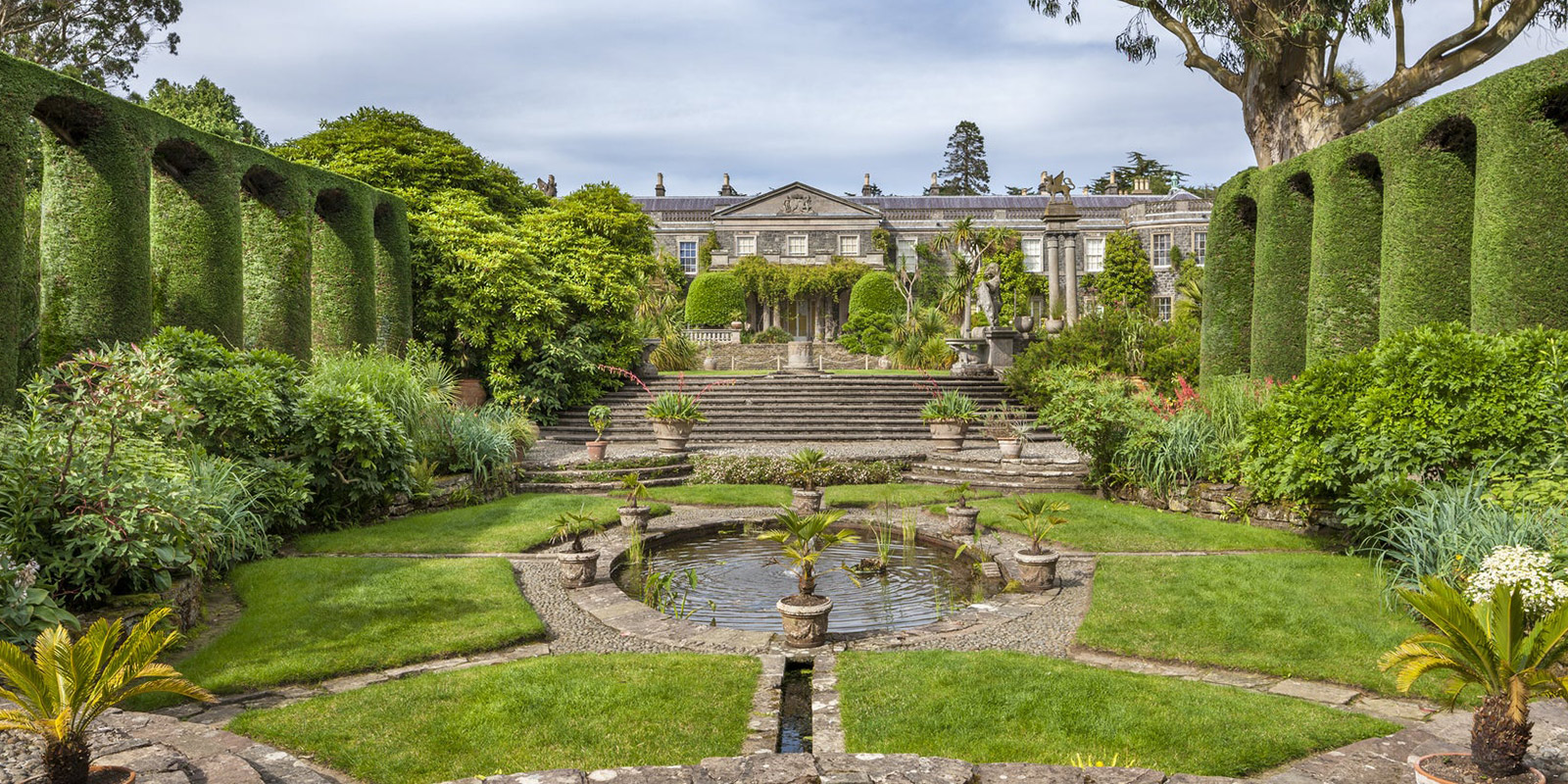As specialists in rattan garden furniture we were keen to learn more about where it came from and what makes rattan furniture so popular. So, we’ve delved into the history – and the possible future - of this popular furniture.
What is rattan?
Rattan is a member of the palm family. Several hundred species flourish in the rattan plantations of India, Southeast Asia, China and Indonesia. Rattan grows as a long slender stem, similar to a vine, up to 200 metres in length. Yet it maintains an almost uniform diameter throughout its length, making it ideal for creating superb furniture.
How does rattan become furniture?
The harvested rattan is cut into 12-15 foot lengths and tied into large bundles to make the journey from the jungle to a processing area. There, workers remove the bark and cut the lengths into strips to be used in cane seats and chair backs. The sharp interior is then cut into reed for use in wickerwork. Rattan is extremely strong and can be fastened as securely as wood!
Fact: when heated with steam or a blowtorch, rattan becomes very pliable and can be bent into a variety of different shapes without cracking.
Did you know?
There are indications that rattan has been used since the early days of mankind to produce furniture, although no exact historical data exists. It was originally exported from Indonesia, where it predominantly grows, and then eventually reached the shores of China. In China, skilled craftsman built not only furniture but also baskets and other household items using rattan.
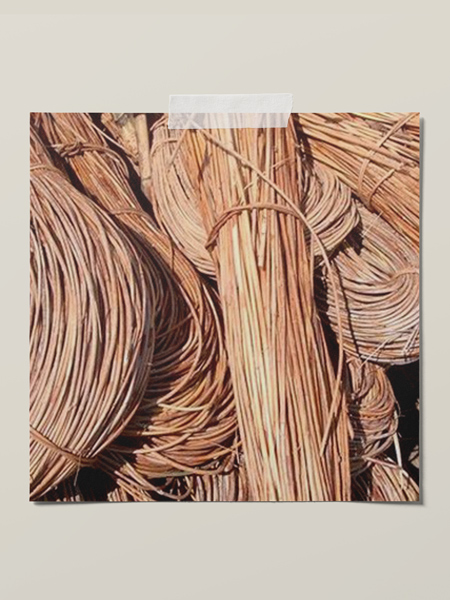
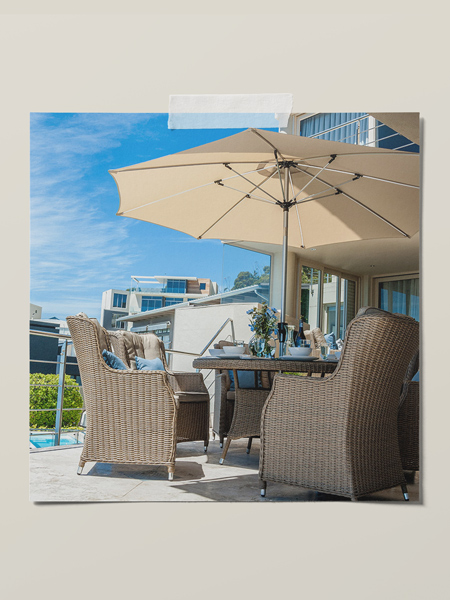
Rattan is extremely strong and
can be fastened as securely as wood!
When did rattan get to the UK?
The UK were big fans of wicker and rattan and in the 15th and 16th centuries, when the British held large colonies in South East Asia, they became the early traders of rattan. However, Europe itself did not produce any significant rattan furniture, despite its popularity, and instead imported rattan as finished furniture from Singapore, Malaysia and Indonesia.
Becoming ever popular…
During the 1930s and 1940s rattan became one of the most popular materials, used for an increasing range of designs including, but not limited to, bookcases, curved seating, dining tables, sofas, beds, desks, shelves, and sideboards.
Current use of rattan in the UK
The temperamental climate in the UK means that use of a traditional real rattan weave around a wooden frame is impossible to maintain. Our hot to freezing, hot to freezing weather pattern makes the rattan brittle and easily snapped. So, for use of rattan furniture a fantastic synthetic rattan has been developed specifically for UK use. This synthetic rattan gets wrapped around a weather and rust proof aluminium frame and is ideal for the UK climate, whilst keeping the look of a traditional plant rattan weave.
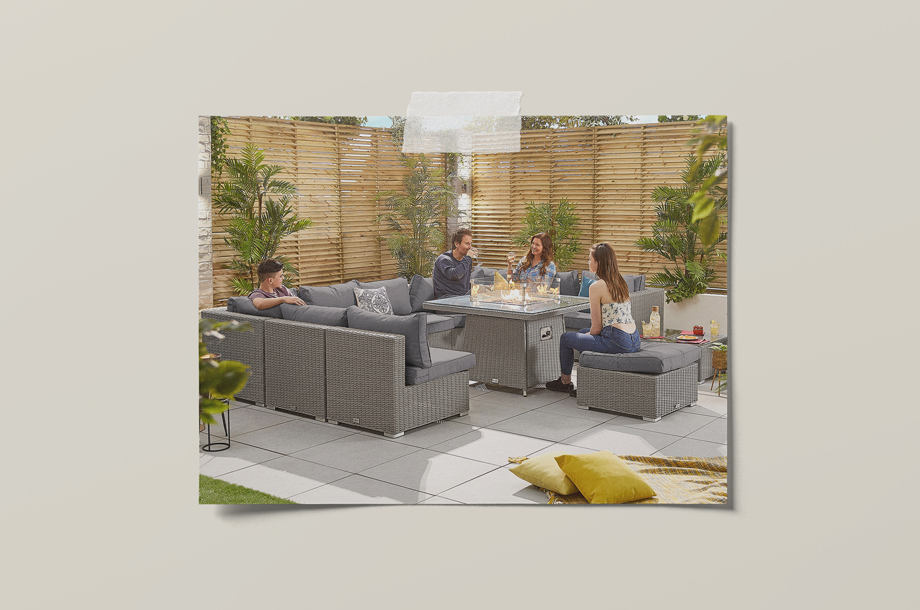
Rattan in the future…
As rattan grows on a vine it grows quickly in abundance and can replenish itself incredibly quickly. This makes rattan a truly eco-friendly and sustainable material for use, meaning furniture will continue to evolve using rattan. However, it is not only home furnishings which are interested in rattan – the incredible toughness of the material has also sparked an interest in the world of science.
As rattan grows on a vine it grows quickly in abundance and can replenish itself incredibly quickly. This makes rattan a truly eco-friendly and sustainable material for use, meaning furniture will continue to evolve using rattan. However, it is not only home furnishings which are interested in rattan – the incredible toughness of the material has also sparked an interest in the world of science.
Rattan Garden Furniture at White Stores
We offer a huge range of Rattan Garden Furniture as we believe there are plenty of benefits from this style of garden furniture. Rattan furniture is extremely weatherproof and can be left outside all year round if you desire with no long-lasting impacts on the furniture. There are many different choices for rattan furniture using PVC, PU and PE rattan. All of our garden furniture sets are 100% PE rattan as this is the strongest most durable option.
